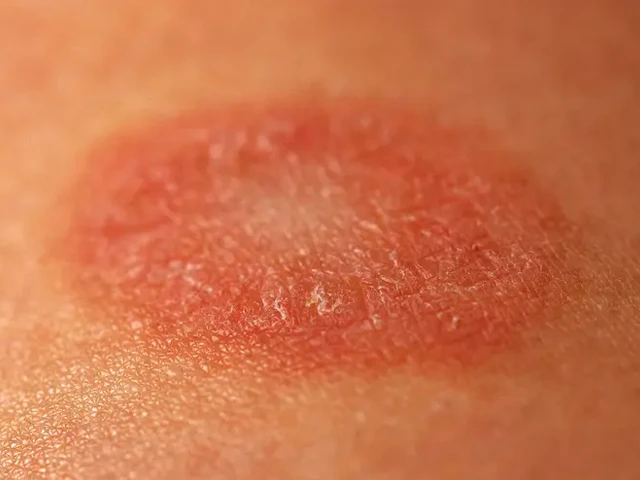
What is Pityriasis Rosea
Have you recently noticed a single, large, scaly patch on your skin, followed by a cascade of smaller, pink spots spreading across your torso? If so, you might be dealing with a common skin condition known as Pityriasis Rosea. Often called the “Christmas Tree Rash” due to its distinctive, branch-like pattern on the back, this condition can be alarming when it first appears, but there’s no need to panic.
While its cause can be puzzling, Pityriasis Rosea is typically harmless and resolves on its own. As a cosmetic dermatologist, I believe that understanding what’s happening with your skin is the first step toward peace of mind and effective skin care. Let’s dive into what you need to know.
How does a typical Pityriasis Rosea case progress?
Pityriasis Rosea is a common, self-limiting rash that often affects otherwise healthy individuals, typically between the ages of 10 and 35. It begins with a “herald patch”—a single, oval, and often scaly lesion that can be mistaken for ringworm. A few days to weeks later, a more widespread rash develops, consisting of many smaller, pink or salmon-colored spots.
The key to overall skin health is not just treating problems but understanding them. This rash can be itchy, but it’s not contagious. It usually clears up on its own within 6 to 8 weeks without leaving any lasting marks, which is great news for anyone concerned about their skin’s appearance.
What causes pityriasis rosea?
The exact cause of Pityriasis Rosea remains one of the more intriguing mysteries in dermatology. However, research strongly points toward a viral trigger. While we don’t have a definitive answer, here are the leading theories behind its origins, sorted from the most common to the least possible:
- Viral Infection (particularly HHV-6 and HHV-7)
- Immune System Activation
- Bacterial Infection
- Vaccine Reaction
- Drug-Induced Eruption
- Genetic Predisposition
- Environmental Factors
- Autoimmune Response
- Stress
Because the cause isn’t entirely clear, there is no known way to prevent it. This is where a proactive approach to general skin care and immune health becomes your best strategy.
When to seek help from a dermatologist?
Even though Pityriasis Rosea typically resolves on its own, consulting a dermatologist is highly recommended. Why?
Other skin conditions, like ringworm, eczema, or even secondary syphilis, can mimic Pityriasis Rosea. While assuming the rashes on your body is because of Pityriasis Rosea, you can lose valuable time and face a more severe skin problem. A dermatologist can provide a correct diagnosis, ruling out other, more serious issues.
Also, if the itching is severe, a dermatologist can prescribe topical creams or oral medications to make you more comfortable during the healing process.
Another good reason to see a dermatologist is that, professional diagnosis alleviates stress and allows you to care for your skin confidently.
Caring for your skin during and after pityriasis rosea
While the rash is active, gentle skin care is a must. Avoid hot showers, harsh soaps, and vigorous scrubbing, as these can worsen irritation. Opt for lukewarm water, mild, fragrance-free cleansers, and daily moisturizing to soothe the skin.
Once the rash has cleared, your focus can shift back to your aesthetic goals. This is where the expertise of a cosmetic dermatologist becomes invaluable. If you have any concerns about residual redness or simply want to get your skin health and vibrancy back on track, we can create a personalized plan. Whether it’s with targeted treatments to even out skin tone or a rejuvenated skin care regimen, we are here to help your skin look and feel its best.



